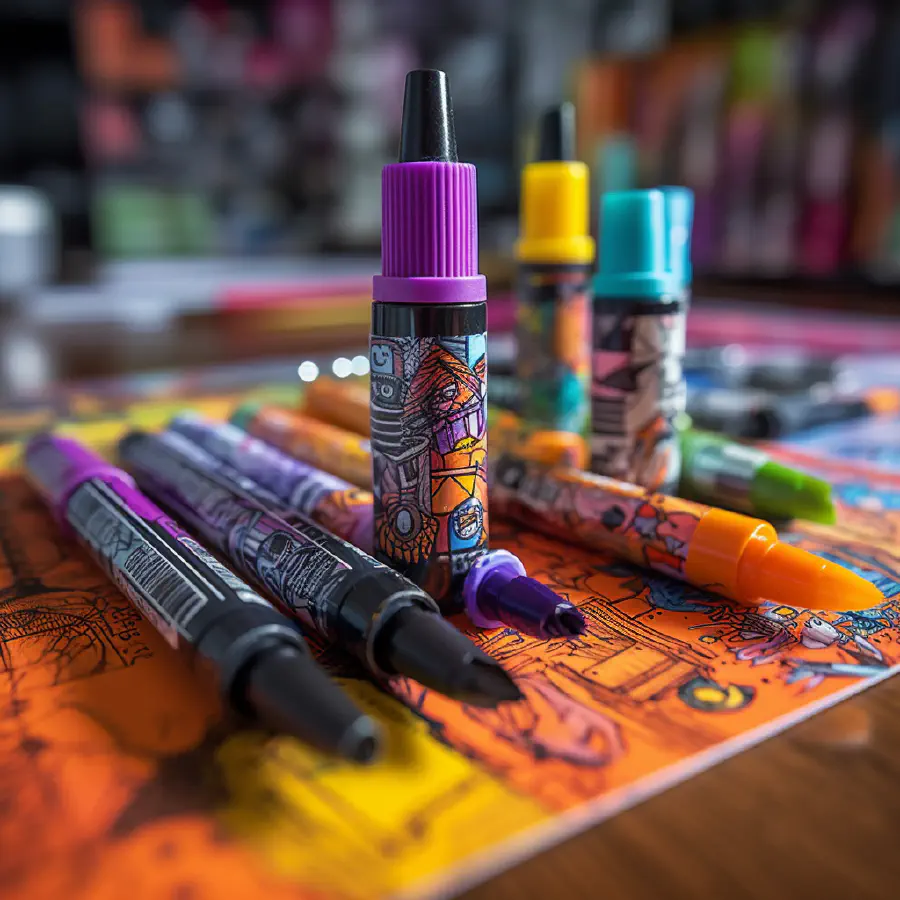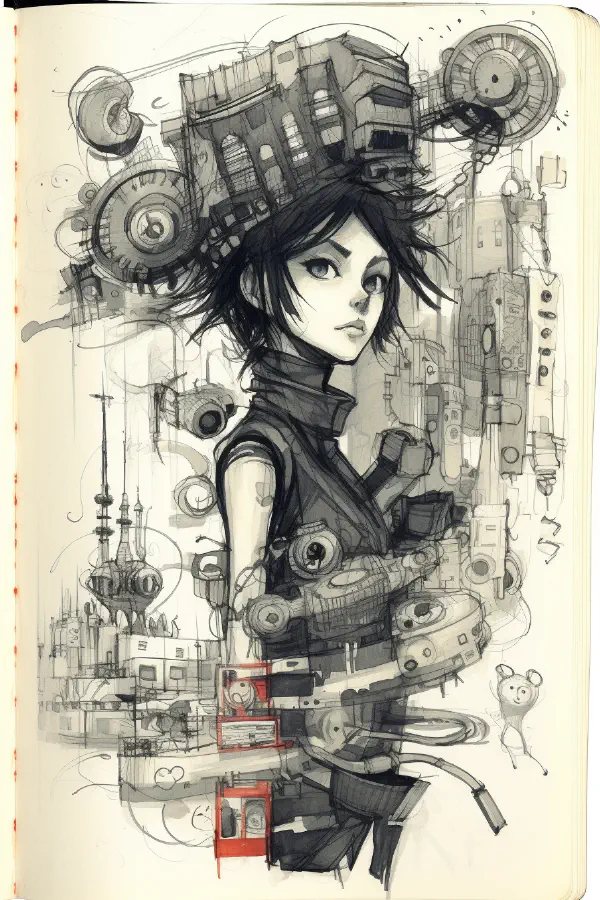
How to learn hand lettering
Accessible for beginners and full expression for experts
Hand lettering might be the most accessible form of artwork for beginners; it allows artists to express unlimited creativity while providing a structure that makes it approachable for newcomers. I’ll run through various learning methods, resources, and common mistakes to avoid in your hand lettering journey. If you’re a beginner just starting out or an experienced letterer looking to refine your skills, there will be insights and advice you can use to help you grow and improve.
Get your supplies
You already have the supplies, seriously. You can start learning if you can make a mark on any surface. Buying cool pens and lettering tools is fun, and having many options at your disposal can be handy. However, don’t let a lack of the ‘right’ equipment prevent you from starting. I guarantee you can get more than enough to get you started from Target or K-mart. You probably already have a bunch of pens and pencils in a drawer somewhere. Start with inexpensive equipment, ballpoint pens, cheap pencils or kid’s markers. Once you get your basics down, branch out into fancy tools.

Online tutorials
Online Tutorials
We’ll start with the most obvious option, online tutorials. Hand lettering might have a lower volume of tutorial content than logo design, but there are still plenty of good tutorials. You may need to search a little harder to find it. Youtube has some great content, especially for calligraphy. Searching for ’traditional lettering’ or ‘custom lettering’ should also provide good results. Plenty of online tutorials and courses on platforms like Skillshare and YouTube cater to hand lettering enthusiasts at every level. Start with the basics and work your way up. Explore different lettering styles and techniques to find what resonates most with you.
Books and Workbooks
Sometimes, nothing beats a good book. Again, calligraphy will have the most content available, and it really is a great place to start. However, there are many excellent hand lettering books and workbooks out there, covering everything from lettering fundamentals to advanced techniques. In addition, these resources often include practice sheets, making it easy to build your skills. Searching for traditional signwriting manuals or hot rod pinstriping should yield good results if ‘hand lettering books’ doesn’t.
Pen and Paper Practice
This is hand lettering, after all. You’ll want to learn the form of every letter intimately in various styles. Using pen and paper will let you experiment quickly and give you a better understanding of how letter forms flow. Even if you intend to work with paint brushes, you’ll still need good skills with pen/pencil and paper for planning your designs.

Alphabet series
Alphabet Series
Pick a style and work through the alphabet, focusing on one letter at a time. This method lets you concentrate on the intricacies of each letterform. It will also give you a reference point for each letter when doing complete words or sentences.
Immerse yourself
The easiest way to do this is through social media. Follow hand lettering artists on social media platforms for inspiration and motivation. Find and participate in lettering challenges. Engage with the artists on social media and those who follow them. Keep pen and paper close by when you have some idle time, sketch out your ideas or get in some practice. The more time you spend with your brain in ’lettering mode’, the more knowledge retention you will have.

Trace and deconstruct
Trace and Deconstruct
Study the work of experienced hand letterers and trace/deconstruct their designs to understand their techniques. Break down the letterforms and strokes to better understand their process. Make sure you learn the difference between plagiarism and study. It’s ok to replicate and copy work for your own study, but it’s not ok to copy an artist’s work, modify it slightly, and then claim it as your own.
Seek Feedback and Critique
Share your work with others and ask for feedback. Feedback is essential for improvement. Other artists can look at your work with fresh eyes and see things you might have missed. Constructive criticism will help you identify improvement areas and speed up your learning process. Try not to be too sensitive while seeking feedback, but also ignore people who are just being critical. Being constructive requires finding areas that need improvement and providing ways to improve those areas. Seek artists that will help you improve, not try to bring you down.
Hand lettering mistakes to take note of

Rushing
Rushing
It can be tempting to try fast movements when you are starting out. You’ll be able to move faster as you get better, but you need to develop muscle memory first. So slow down and focus on each stroke, pen pressure and flowing with the forms of the letter.
Awkward Letter Spacing
Sometimes when focusing on each letter individually, other details can get overlooked. Pay attention to the spacing between your letters, and aim for a balanced and cohesive look.
Neglecting Guidelines
Work with guidelines. Even if you use a style that is a little more ‘free form’, having a central guide will ensure your work remains unified. Use guidelines to provide consistency in your letters’ size, slant, and alignment. The guides don’t need to be straight lines; experiment with curves and angles.
Hand lettering is a rewarding and fulfilling pursuit that allows you to express your creativity. Taking onboard some learning methods and being aware of common mistakes, you can steadily progress your hand lettering skills. Remember to start with the basics, immerse yourself in the world of lettering, and seek feedback to improve your work continually.

About the author
Head of Type Gang (HOTG)
An experienced designer and agency owner, I've had a successful career spanning freelance to creative direction roles. I've reviewed countless portfolios and understand what attracts clients. Helping others succeed is what makes me happy. That's what I'm trying to do with Type Gang.
About Type Gang